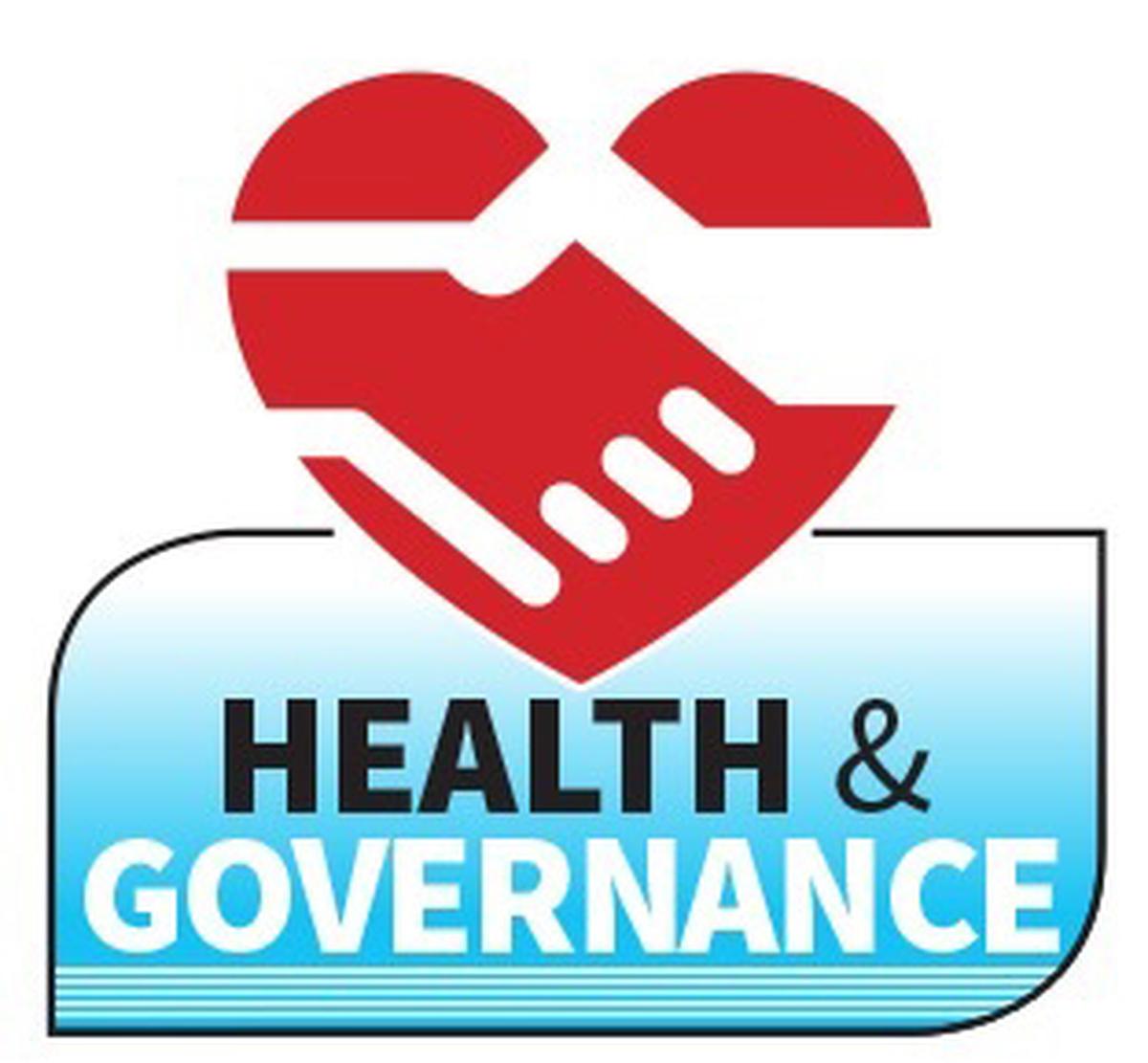Time and again, there have been calls to designate cancer as a notifiable disease in India. While some argue that this would enhance surveillance and treatment, the Union government has resisted the move, saying the practice is to notify only infectious diseases and that cancer is non-communicable and not infectious.
Recent shifts in disease notification policies raise questions about whether this reasoning still holds. In 2024, the government asked all the States to make snakebites a notifiable disease. This trend is not unique to India. In 1995, the U.S. became the first country to list lead poisoning as a notifiable disease, establishing a precedent for the surveillance of non-communicable diseases. This evolution in public health policy forces a critical examination of whether cancers warrant notification for surveillance in India.
Also Read | Why does cancer get diagnosed late in India?
The primary purpose of disease notification is to ensure that contagious diseases are kept under check. Notification of infectious diseases is a legal mandate and compels physicians to report designated diseases to public health authorities, failing which they could face legal consequences. Unlike infectious diseases, cancer does not pose an immediate threat to public health through direct transmission and sudden deaths. It is a diverse group of diseases rather than a single condition, and its detection often requires complex diagnostic procedures. Proponents of making cancer notifiable argue that mandatory reporting could enhance early detection and resource allocation.
However, there are fundamental issues with this approach. First, cancer is not a single-point diagnosis. Arguably, cancers as a disease are more diverse ranging from benign to malignant. Notifiability triggers rapid containment measures, whereas cancer requires long-term management rather than emergency interventions. Legal obligations on physicians could impose a burden that does not translate into improved patient care.
Also Read | Cancer-related mortalities increased faster among females in past decade: ICMR
India’s National Cancer Registry Programme (since 1982) functions as a data collection mechanism, compiling crucial information on the demographics of cancer patients, cancer identification including type, stage, and morphology, the timing of diagnosis and staging at the time of detection, treatment details such as chemotherapy, radiation, and surgery, and follow-up and survival outcomes. The NCRP includes hospital-based registries, which collect data from cancer-treating hospitals, and population-based registries, which capture cancer incidence in a defined geographic area.

There are 269 hospital-based and 38 population-based registries as of 2022, which is insufficient. Hospital-based registries should be expanded to every cancer-treating hospital, including all district headquarters hospitals. Similarly, population-based registries should be established in every district, ensuring at least one unit per district for comprehensive nationwide cancer surveillance. Rather than legally mandating notification, strengthening existing cancer registries is a more thorough and effective alternative.
Second, making cancer a notifiable disease also raises privacy concerns. Notifiability generally does not account for privacy because disease notification is meant to preserve public health over individual confidentiality. There is still stigma attached to cancer.
Also Read | Mapping India’s cancer burden: Explained
Many State public health acts still contain provisions that give sweeping powers to local authorities during a health emergency. While much of this has been rendered toothless over time, the legal precedent remains. Introducing cancer into such a framework could further deepen the reluctance among patients to come forward for diagnosis and treatment, making it counterproductive and potentially deterring patients from seeking timely treatment due to stigma and discrimination. The World Health Organization advocates mainly cancer registries, which mention notification as an option at the individual level alone.
An effective approach would be to expand the NCRP to ensure comprehensive data collection at all tertiary and district hospitals. Improving cancer screening initiatives would ensure early detection. Strengthening reporting mechanisms without legal mandates would allow oncologists and healthcare providers to contribute accurate data voluntarily rather than reporting under duress. Mandatory notification remains an apt approach suited for single-point, outbreak-prone diseases. For cancer, a well-structured registry system, bolstered by wider hospital participation, including private hospitals and robust follow-up mechanisms, offers a far superior solution to improving cancer surveillance in India.
Dr. C. Aravinda is an academic and public health physician. Views are personal
Published – March 17, 2025 12:29 am IST






























